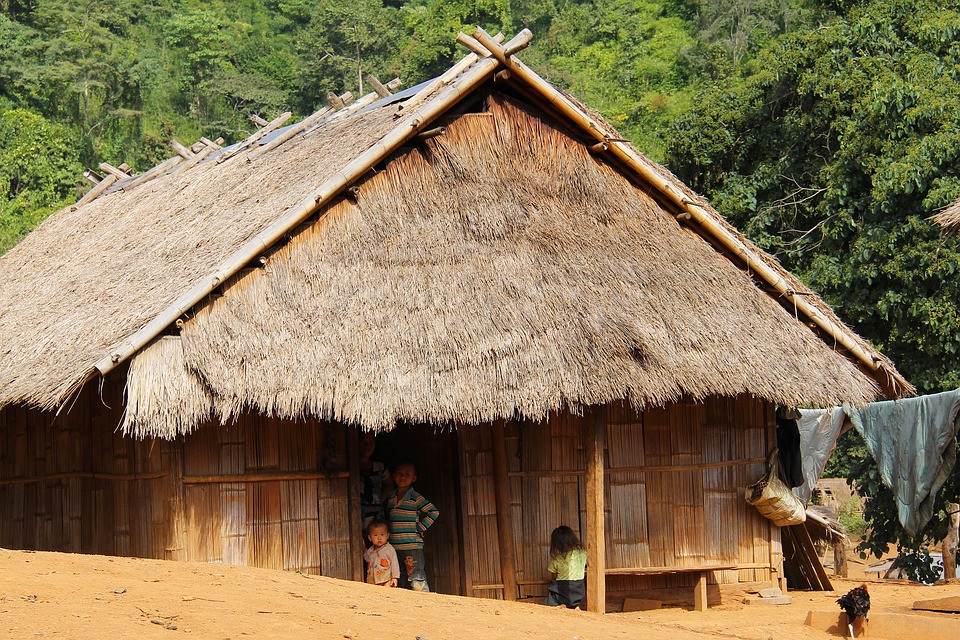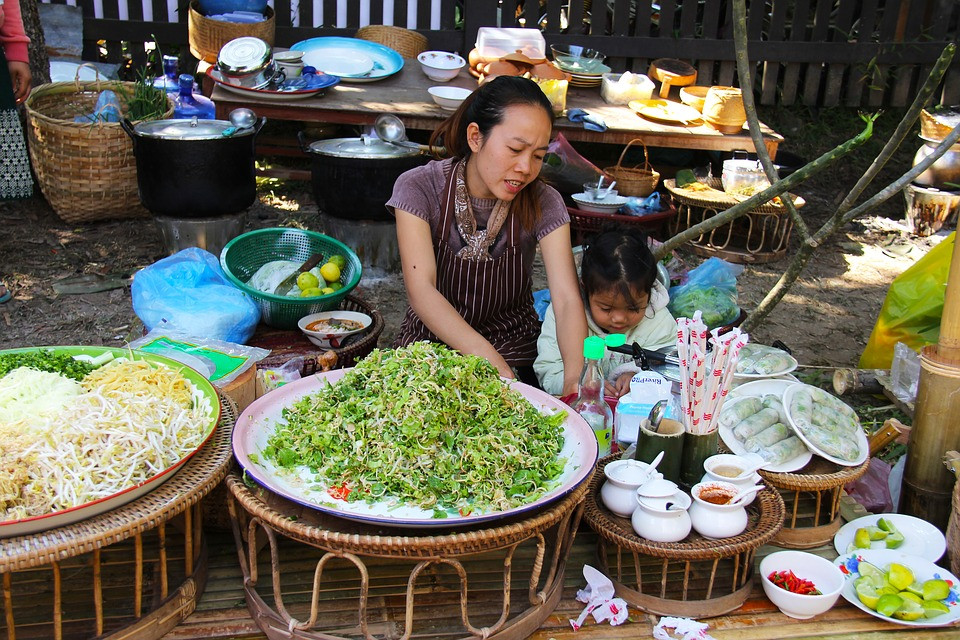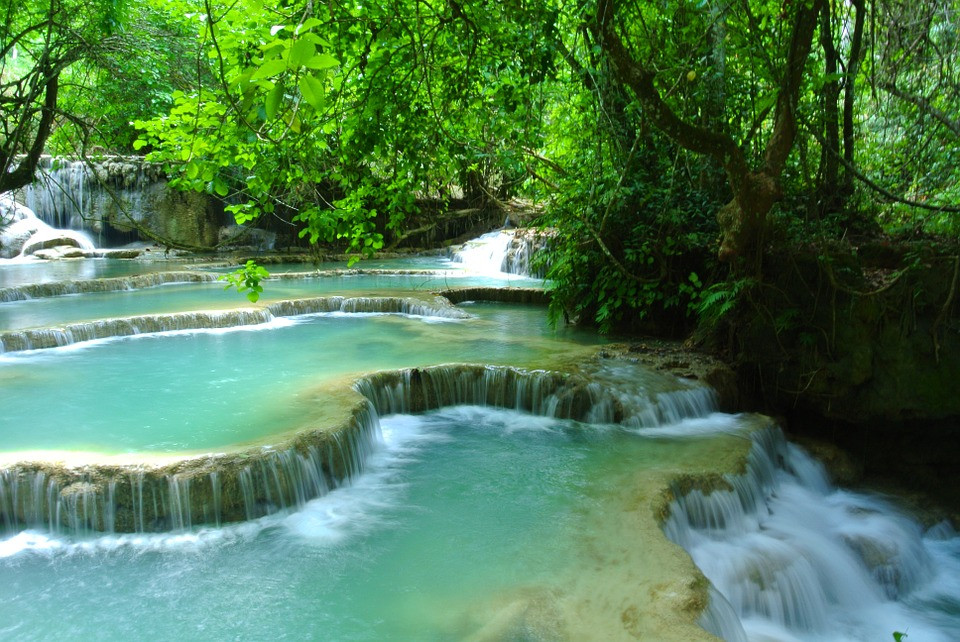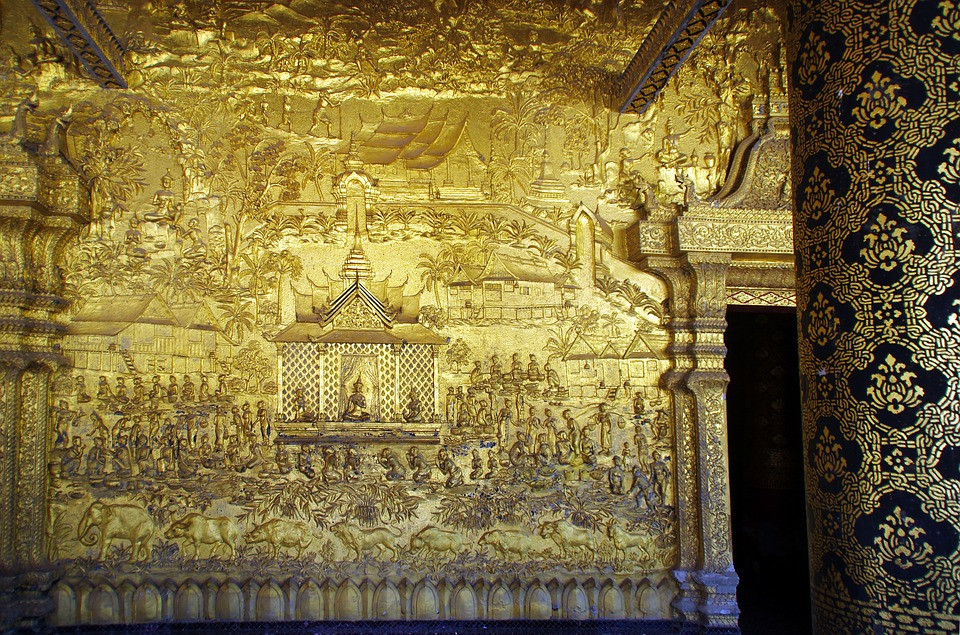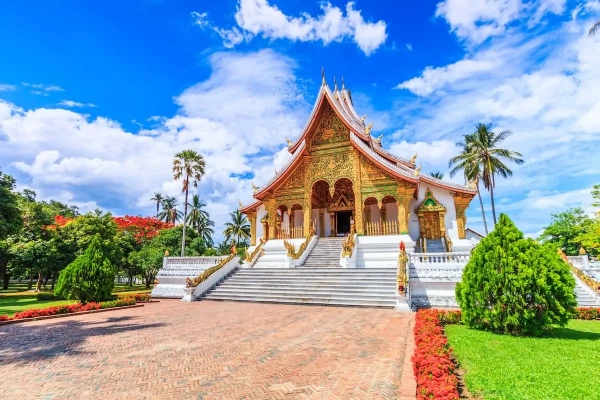Luang Prabang is a city in northern Laos that is situated in the midst of a mountainous region. The town is located on a peninsula created by the Nam Khan River and the Mekong River. The city is encircled in lush foliage by mountain ranges (particularly the PhouThao and PhouNang mountains).
Luang Prabang is notable for its rich architectural and artistic legacy, which represents the confluence of traditional Lao urban design with colonial-era architecture. Its extremely well-preserved townscape illustrates the coming together of these two cultural traditions.
Best time to visit
The best time to visit Luang Prabang is between November and March, when the weather is dry and the average temperature is nice. The average temperature at this time is between 15 and 30 degrees Celsius. It can sometimes get quite crowded, particularly in January and during festivals, so plan ahead if you're visiting around this time of year.
How to get there
- By plane: The airport is only 5 kilometers north of town and has scheduled flights from/to Bangkok, Chiang Mai, Hanoi, Jinghong, Pakse, Siem Reap, Kuala Lumpur, and Vientiane.
- By road: Highway 13 connects Luang Prabang to Vang Vieng and Vientiane in the south and to Vientiane in the north via Highway 1. During the dry season, Highway 13 is asphalt and in fairly good condition all the way to Vientiane. Simply stated, it is a long, winding, and bumpy road trip. The road resembles a lunar landscape, with endless potholes caused by poor surface quality, with the upper surface eroded to unveil the gravel underlayer, resulting in a rough ride. Despite the fact that there have been violent incidents somewhere along route in the past, it is now safe.
- By boat: Boats travel the Mekong to and from Huay Xai on the Thai border, stopping in Pakbeng for overland connections to the northeast and the Chinese border. By slow boat, the journey takes two days (each day about nine hours) or six bone-rattling hours by speedboat. There are also companies that offer 2-day "luxury" cruises.
Luang Prabang's attraction:
Royal Palace Museum: During the French colonial era, the Royal Palace was built for King Sisavang Vong and his family in 1904. Following the death of King Sisavang Vong, the Crown Prince, Savang Vatthana, and his family were the last to occupy the grounds. The communists overthrew the monarchy in 1975. Following that, the royal family was sent to re-education camps. The Royal Palace was closed to the public until 1995, when it was reopened. It was renamed the Luang Prabang National Museum once more. This museum is still open to the public today.
Wat Xiengthong: Wat Xiengthong is a large chunk of traditional Laotian architecture, with its roofs sweeping low to the ground. Wat Xieng Thong is one of the most crucial Lao monasteries, and it stands as a substantial monument to the spirit of religion, royalty, and traditional style in a fascinating city.
Pak Ou Caves: Over 4,000 Buddha icons have been found at Pak Ou Caves, thought to have been put there by locals for thousands of years. The caverns are located at the confluence of the Mekong and the Nam Ou rivers, in a stunning limestone rock. There are two caves to visit: Tham Ting on the lower level and Tham Theung on the upper level, both of which serve as shrines to the river spirit and Lord Buddha.
Kuang Si Falls: Kuang Si Falls is divided into three tiers, each of which leads to a 50-meter drop into small pools before flowing downstream. The pools are wonderful for swimming, and there are wooden cottages near the waterfall's entrance where you may change into your swimwear. The pools are surrounded by thick tropical jungle and include 5-metre-high falls. If you don't feel like swimming, sit in the shade and watch others enjoy themselves jumping in and out of the water. There are routes that lead to the top of Kuang Si Falls, where the stream that feeds the falls may be seen. Wear appropriate footwear because the trails can become rather slick, especially during the rainy season.
Mount Phousi: Luang Prabang's highest hill, Mount Phousi, stands at 100 meters above sea level. It's a great spot for viewing the sunrise or sunset over the Mekong River. From the summit, you may get a wonderful panoramic view of the city, including its many temples, as well as the surrounding environment and the distant mountains.
Alms Giving Ceremony: Luang Prabang is one of the best venues in Laos to see the alms offering ceremony, which has a long history in Lao Buddhist culture. As the sun rises each day, almsgiving begins on Luang Prabang's main street and spreads out to all of the side streets. You should acquire your offerings (mainly food) ahead of time and arrive early because disrupting the ceremony after it has started is deemed offensive.
Traditional Arts & Ethnology Centre: Luang Prabang's Traditional Arts & Ethnology Centre is committed to the conservation and celebration of Laos' diverse ethnic groups. It is Laos' first non-profit museum, housed in a renovated historic buildings on Kingkitsarath Road.
Luang Prabang Library: The Luang Prabang Library provides an opportunity for you to give back to Laos' youngsters. Many of the local youngsters do not have access to literature, and some communities in Laos do not have schools at all. The library has two library boats that distribute books to 75 different communities along the Mekong, helping to provide reading materials to children in some of the most remote places. These boats stay in the villages overnight, with workers organizing active learning games during the day and serving as libraries where children may borrow books at night. Each boat carries 1,000 books, of which around 100 are distributed to primary schools.
Ban Phanom near Luang Prabang: Ban Phanom is a traditional textile-making town where residents produce products for sale in Luang Prabang's markets. Cotton and silk materials are used with interlaced threads to create a shimmering look in the woven items.
Tad Sae Waterfall: The Tad Sae Waterfall in Luang Prabang is a stunning natural wonder that you may see during the rainy season. The cascades aren't as high as Kuang Si, but they have a lot more water flowing over unusual limestone formations. Swimming is also possible in the vast pools below the falls. Tad Sae is only accessible by boat, allowing you to immerse yourself in nature. The falls are frequently visited by locals on weekends, so if you want to avoid the crowds, go during the week. From August through November is the best time to view Tad Sae Waterfall.
Wat Long Khoun: Wat Long Khoun, a Buddhist temple, was formerly a haven for individuals seeking spiritual renewal. Prior to his coronation, a monarch would spend three days in the temple for cleansing and meditation. Wat Long Khoun, also known as the 'Monastery of the Happy,' is an 18th-century Lao temple with two single-level sections: the front part, which was extended in 1937 during the reign of King Sisavonvan and features gilded columns and intricate wood carvings, is also known as the 'Monastery of the Happy.'
Wat Wisunarat (Wat Visoun): King Wisunarat (Visoun) ruled Laos from 1501 to 1520, and Wat Wisunarat was built in 1513 and named after him. It is Luang Prabang's oldest Buddhist temple and also serves as the city's Museum of Religious Arts. Religious artifacts and valuable treasures relating to Buddhism and the royal family are on display. The oddly shaped stupa designed by King Wisunarat's wife is a unique landmark at Wat Wisunarat. Another distinctive feature is the European-style roof, which slopes in an unusual way for Laos.




